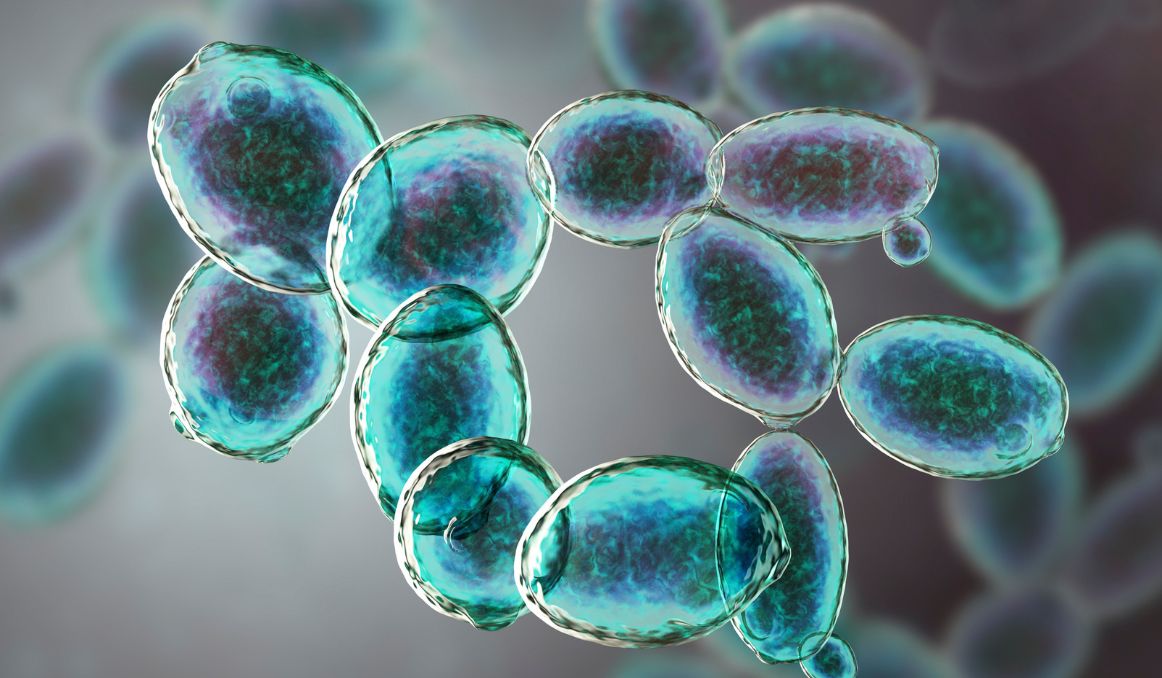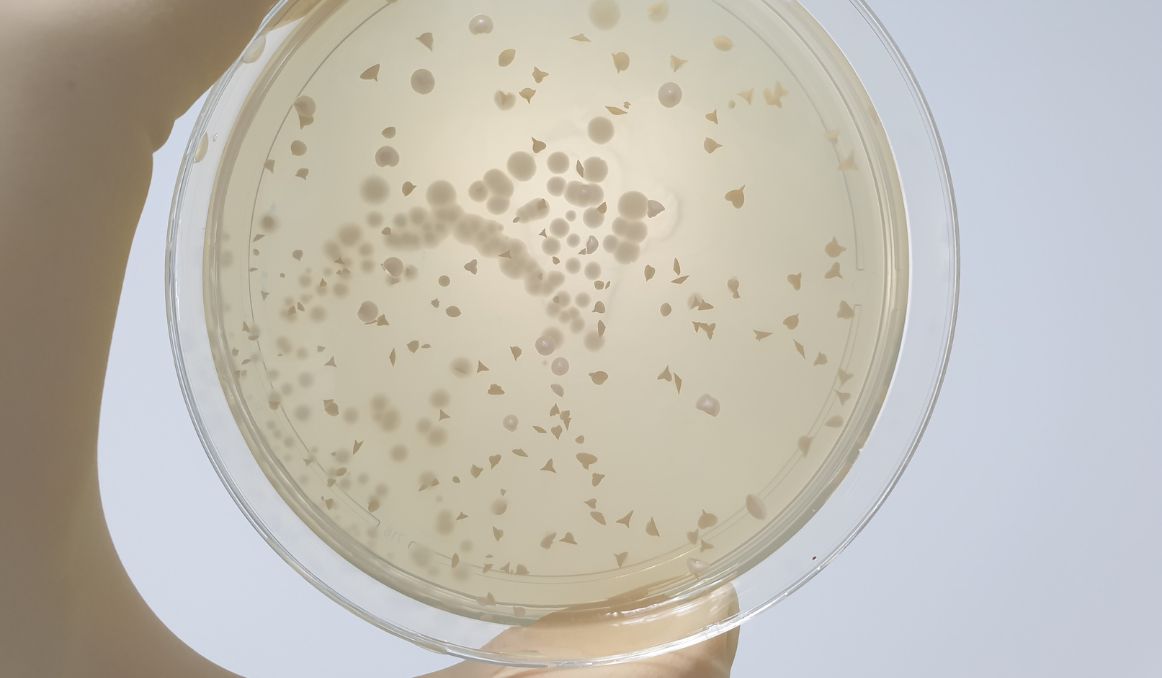Multiplying Yeast: What Is Yeast Propagation?
Yeast propagation has been a hot topic as the economy has shifted, inflation is on a crazy upswing with no signs of coming back down, and brewers and vintners are wondering how to save money, or keep making money, without having to raise their own prices.
So what is yeast propagation anyway, and should you get in on the action?
Yeast

First, let’s talk about yeast. To understand yeast propagation, you must first understand what it is you’re propagating.
Yeast is a single celled, eukaryotic living organism.
In fact, yeast has been around since pretty much the beginning of time.
It’s true.
Yeast is a type of fungus, and fungi were the first known living organisms on earth.
Since that time, so many millions of years ago, yeast have been surviving in a couple of ways.
Yeast can reproduce asexually and aerobically. Which simply means that yeast can decide to create more of themselves, and, in the open air, they do.
Yeast are virtually everywhere, at all times, on every surface, and in the air. They are much larger than bacteria, so there is less yeast in the atmosphere, but by the fact that they are so much larger, they still take up more space.
Yeast can also reproduce sexually and anaerobically, which is typically what we see in beer and wine.
Usually, a brewer or vintner will prepare a wort or a must, add yeast, and close up the vessel, making it airtight so as not to allow any other wild yeast or bacteria access to the fermenting liquid.
At that point, yeast will consume all of the sugars in the wort or must and convert those sugars into ethanol and carbon dioxide, or alcohol and bubbles if you will.
While they are fermenting, they will also reproduce. Typically, you can expect twice as much yeast to come out of a fermentation as went in, and that is if you ferment in an airtight vessel.
If you allow oxygen into your fermentation, your yeast will multiply at even higher rates, up to 4 or 8 times as many yeast cells can come from fermentation.
This process is yeast propagation.
Yeast Propagation
So you can see, yeast will propagate all on its own without you having to do anything more than pitching your original batch, allowing the yeast to both ferment and propagate, and then you will crop your propagated yeast once primary fermentation is done.

To Crop Yeast
To crop your yeast, you can rack your beer or wine into the secondary fermentation vessel and then filter out the trub and the slurry.
Ideally, if you are cropping, you have a conical primary fermentation vessel so your trub and slurry will collect at the bottom of the funnel.
Once you have racked your beverage, you will then allow the trub, the dark brown chunk of sediment and debris at the bottom of the funnel, to drain out and toss it.
Next, crop your yeast from the middle of the slurry that remains. That should be the most viable and vital yeast for repitching.
Of course, you should always use a yeast cell counter to check for how many live and active yeast cells you have in your batch.
Once you have cropped your yeast, you can rinse it free of all remaining slurry.
To Rinse Yeast
To rinse your yeast, you will simply put the slurry in a clear, sanitized bottle or jar, fill it up with filtered water, put the lid on tight, and shake the jar vigorously.
Allow the water and the sediment to settle, and you will notice, once again, that the trub, the darker sediment that remains from your slurry, has settled at the bottom as it is more dense.
The milky white yeast will be at the top, and the water above it.
You can pour, in one smooth motion, your water out, your yeast into a sanitized container, and your trub into the trash.
Now you have pure yeast.
To take it one step further, right before you repitch your yeast, you can wash it.
To Wash Yeast
Washing yeast is different from rinsing in that rinsing is “merely” cleaning the yeast. Washing it is sanitizing it so you know you will have no small bacterial contaminants in your next batch of beer or wine.
Note that washing your yeast will not rid the yeast of wild yeast or wild bacteria, as those yeasts and bacteria are notoriously resistant to the washing process.
You will wash your yeast right before you pitch it, so select out only the amount you plan to pitch.
Cool your yeast to between 36 degrees and 40 degrees Fahrenheit. At about 2 hours before pitching, add your yeast to a sanitized container and thoroughly mix in food grade phosphoric acid until you get a pH level between 2.0 and 2.5 pH.
Hold your container at this pH and temperature for 90 minutes.
You will then pitch that entire mixture into your wort.
Note that you do not have to wash your yeast as it will not get rid of all bacteria and wild yeast anyway, and it will certainly affect the vitality and viability of your yeast for pitching and then repitching after that.
Be sure to check your yeast viability with a cell counter throughout the process so you know what to expect.
The other method for propagating yeast is to grow your yeast fresh from the original starter batch that arrives from your yeast company.
While rinsed yeast will give you up to 8 batches of beer and 6 batches of wine, freshly propagated yeast will grow indefinitely, free of any contaminants at all.
Just be sure to choose a yeast you love.
Note that for larger breweries or wineries, it may do well to invest in a yeast propagation tank, or yeast propagation system, which has its own top plate for full hygienic operation and will heat and cool your wort as well as agitate it, and some tanks will even clean and sanitize themselves in between propagation cycles. Again, it is quite an investment, so it makes sense for those brewers or vintners making a ton of beer or wine. However, if you do have one, it will get your yeast propagation done with the touch of a button.
Cheers!
Yeast activity monitoring is essential for optimizing the process of yeast harvesting and repitching! If you’re interested in finding out how you can use our technology to control fermentation and monitor your yeast, save work hours and improve the cost-efficiency of your business, drop us a line at [email protected] or check out the product pages (for beer or wine):
- Oculyze BB 2.0 (Better Brewing) Yeast Cell Counter App + Hardware
- Oculyze FW (Fermentation Wine) Yeast Cell Counter App + Hardware
Also, you can now get access to a fully functional demo account to test our Web App. Completely free of charge and with no commitment to purchase.
Sources:
1. https://www.probrewer.com/library/yeast/yeast-terminology-and-definitions/


